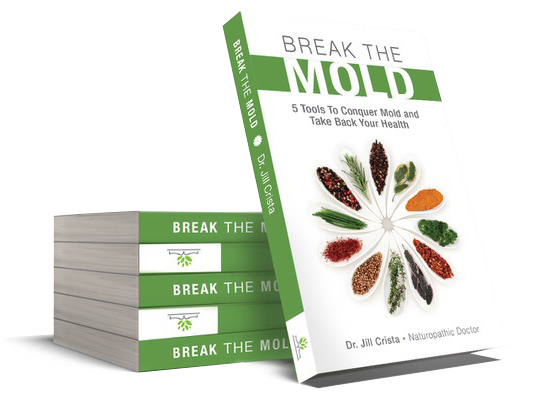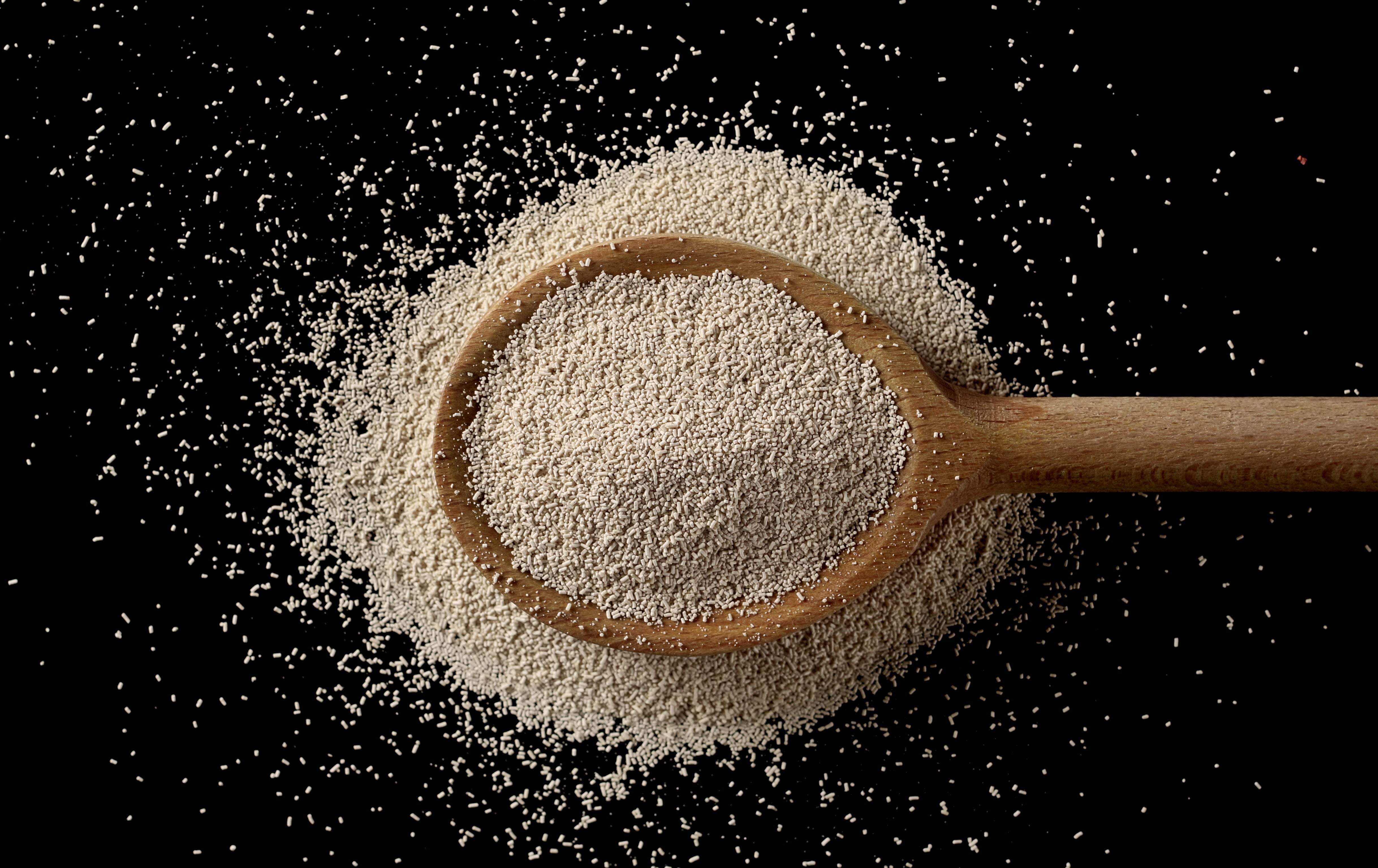Feeling overwhelmed by mycotoxins and wondering what’s behind them? Hang in there! As a seasoned mold-treating doctor and author of Break the Mold, I’ll explain how mycotoxins—mold toxins—aren’t just one thing; they’re a diverse group, each with its own impact on your body.
I’m here to break down what makes them similar, what sets them apart, and how to tackle them smarter. Ready to conquer mold and take back your health? Let’s dive in!
What Are Mycotoxins, Anyway?
Mycotoxins are toxic chemicals produced by molds that can wreak havoc on your health. When I talk about mycotoxins, I am doing you a little bit of a disservice because they’re actually each a little bit different. Think of mycotoxins as an umbrella term covering various toxins like aflatoxin, ochratoxin, or gliotoxin. Here’s the big picture:
- Mold’s Weapons: Mycotoxins are released by molds in damp, musty environments when there are other microbes lurking to kill off their competition.
- Health Threat: Even though we aren’t the target, they can affect our health and can linger in your body, causing symptoms from fatigue to gut issues.
- Testing Matters: Urine or blood tests can identify which mycotoxins you’re dealing with.
Think mold is affecting you? Take my Mold Questionnaire to check.
How Mycotoxins Are Similar
While mycotoxins vary, they share some common nasty traits. I’m talking about what makes them all the same. Here’s what unites them:
- Fat-Soluble: They build up in your body’s fat stores, a process called bioaccumulation.
- Immune Stress: They weaken your immune system, making you more prone to infections.
- Body-Wide Impact: They harm your nervous system, gut, skin, and mitochondria, causing “low battery mode” (fatigue, brain fog).
Why Each Mycotoxin Is Unique
Not all mycotoxins act the same—each has its own “personality.” Each of them causes their own little set of symptoms. Here’s why they differ:
- Specific Symptoms: For example, aflatoxin might hit your liver hard, while ochratoxin targets kidneys.
- Unique Detox Needs: Each mycotoxin requires tailored strategies to flush it out faster. Not all respond to binders.
- Test-Based Clarity: Knowing which mycotoxin you’re facing (via urine or blood tests, or by gauging your unique set of symptoms) guides targeted recovery.
Curious about a specific mycotoxin? Check my free Mycotoxin Fact Sheet for details on aflatoxin, citrinin, gliotoxin, and more.
Tackle Mycotoxins with Targeted Detox
To beat mycotoxins, you need a smart plan. My “Peel the Orange” approach includes a protect-and-repair phase where my Mycotoxin Fact Sheet shines. If you know the mycotoxins that you’re dealing with, this can shorten your recovery time. Here’s how to tackle them:
- Avoid Mold: Steer clear of damp, musty spaces to reduce exposure.
- Build Fundamentals: Eat a clean diet, sync with your circadian rhythm, and get outside for fresh air.
- Use Fact Sheets: Visit my Mycotoxin Fact Sheet for toxin-specific detox tips (e.g., herbs or nutrients for aflatoxin or ochratoxin).
- Protect and Repair: Use targeted agents (often based on animal research) to support detox, like those listed in my fact sheets.
- Fight with Antifungals: After detox, use antifungals to tackle remaining mold.
- Check Back: Not all fact sheets are up yet—subscribe to my newsletter for updates on new ones.
You’re Ready to Outsmart Mold!
Mycotoxins may be diverse, but you can tackle them with my targeted strategies. By understanding their unique effects and using my free fact sheet, you’re set to detox smarter and recover faster.
You’re ready to conquer mold and take back your health! Save this guide for your mold-fighting journey, and explore more in my book and courses.
Join my newsletter for the latest mycotoxin fact sheets and mold recovery tips.
Disclaimer This content is health information and not intended as personal medical advice. Viewing will not establish a doctor-patient relationship. It is not intended to diagnose, treat, cure, or prevent any disease or medical condition. The information discussed is not intended to replace the advice of your healthcare provider. Reliance on information provided by Dr. Jill Crista, employees, or others appearing at the invitation of Dr. Crista is solely at your own risk.







